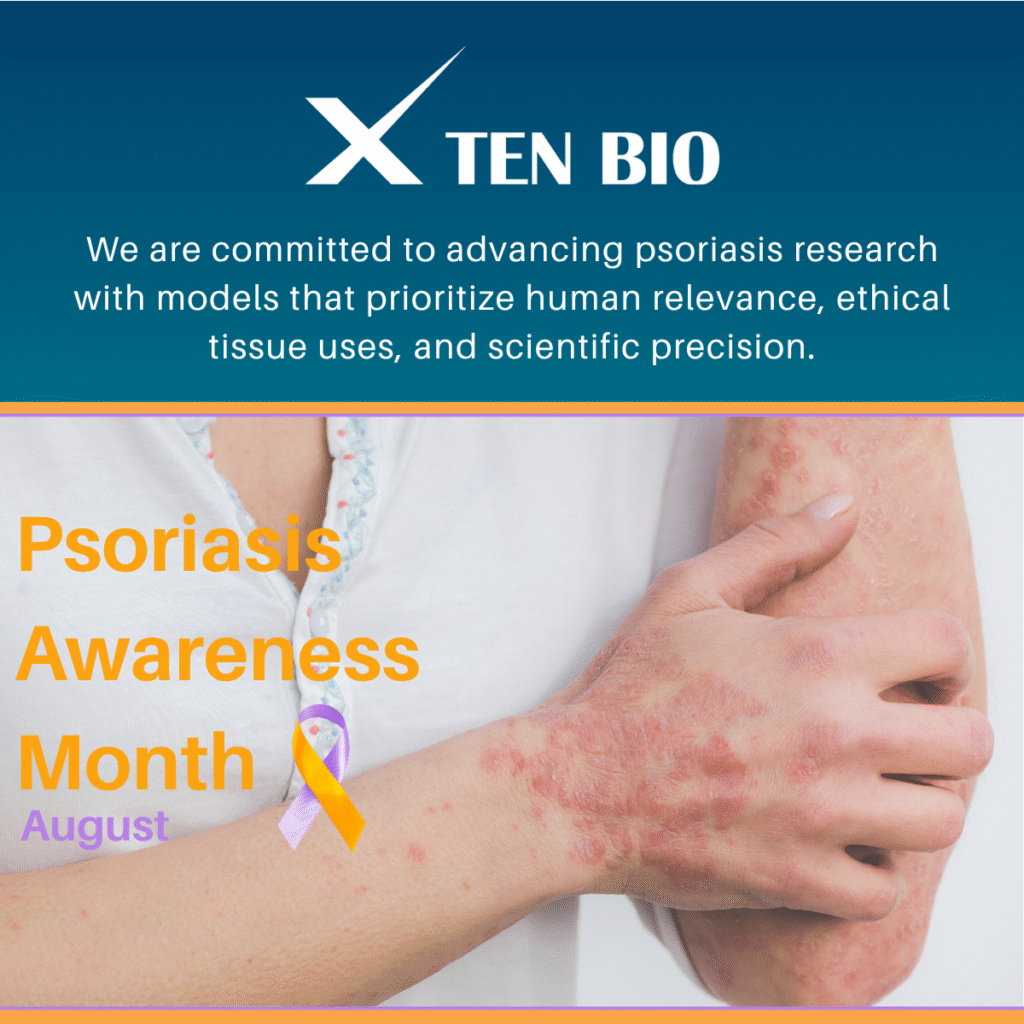Wound healing models are essential for investigating the pathogenesis of tissue repair; however, the limited utility and often varied responses of these models when compared to the human in vivo system has created a demand for a more capable model that can be used for identifying new biomarkers and testing new therapeutics. We have evaluated wound healing in a recently developed skin explant system that allows the use of ex vivo human skin without significant loss of viability. This increased viability is a result of culturing the tissue at an empirically-optimized tension designed to mimic physiological tension, thus maintaining the biological and structural integrity of the skin. While there is a large body of information available on the response to wounding and wound healing in the literature, a standardized method and/or skin model has not been put forward with compelling justification. This has led to a certain amount of discrepancy in the published results. The requirement for the application of some method of maintaining skin tension is clear based on previously reported data from our lab (upregulation of keratin 17 in the tension model post-wounding in a manner similar to in vivo human skin which compared favourably to models cultured without tension, which showed little to no upregulation of keratin 17). Here we present qPCR data showing the time-dependent upregulation of selected inducible keratins (KRT6A, KRT6B, KRT6C, KRT16 &KRT17) accompanied by proteomics data further demonstrating the relationship between tension and the ability of skin to respond to wounding. To complete the study, we have used iDisco whole-mount fluorescence microscopy to not only visualize the wounding response but also to elucidate the localization of specific biomarkers, as identified in the proteomics study, thus giving accurate three-dimensional representations of the wound response in skin.
Grussu, D. et al.
Journal of Investigative Dermatology, Volume 139, Issue 5, S167




